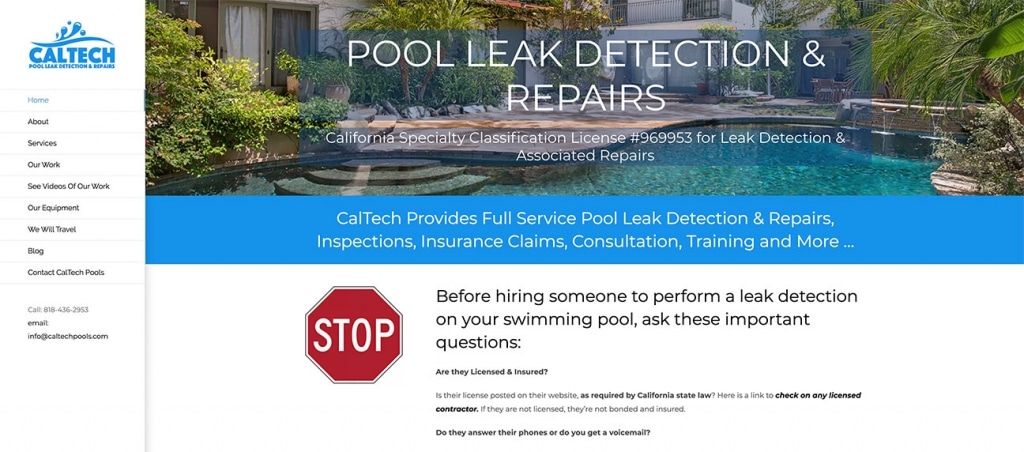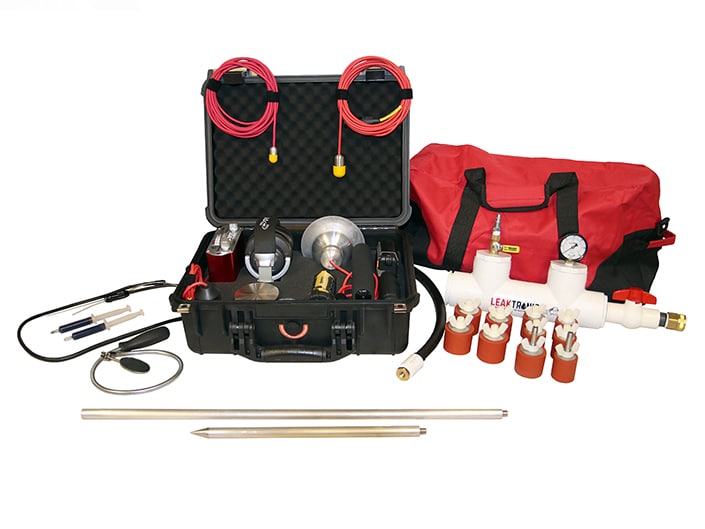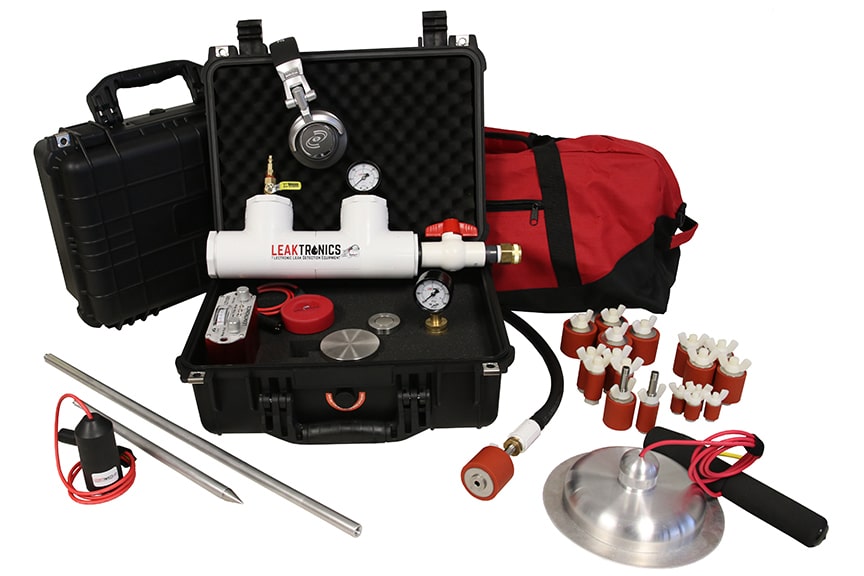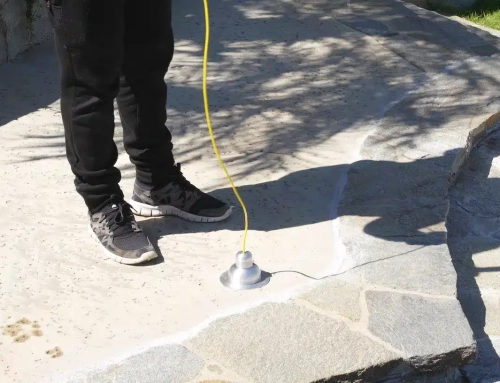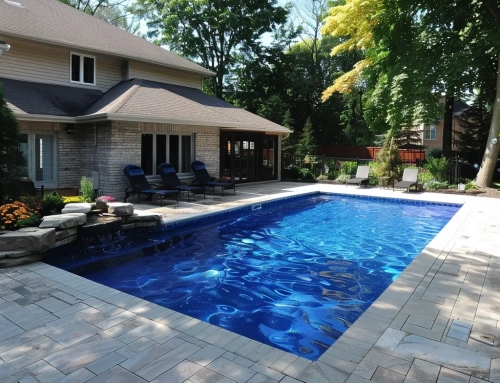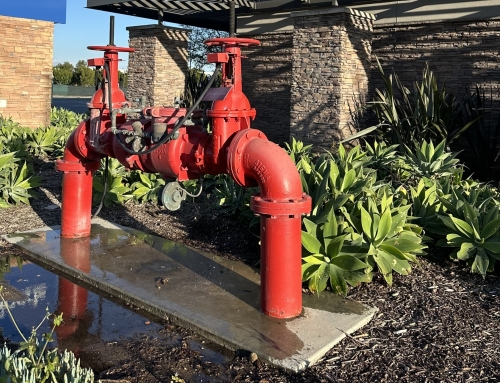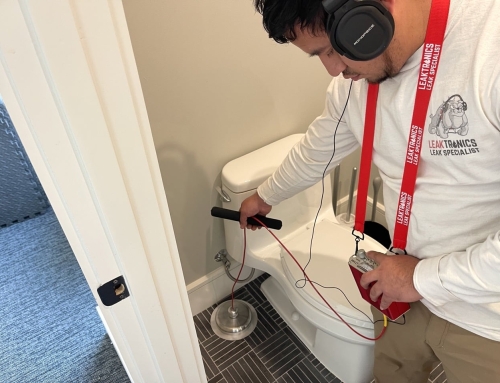In a recent article in Comstock’s Magazine, co-director of the Water & Environmental Law Program at McGeorge School of Law in Sacramento, Professor Jennifer Harder, expressed factual views on California’s distribution of water and overall cost for residents. It clearly highlighted the value of a simple leak detection and how overall, it benefits more than just the homeowner, but communities across the state.

California Water Distribution System
Southern California is a harsh environment, often hidden from plain view by lush green palm tree gardens and a long coastline that diverts the eye from seeing that it is in fact, a desert. Southern California, in most part, gets its water from the northern part of the state, yet most of its residents live in the southern part. This means the distribution of water and its allocation to communities becomes a matter of distribution governed by law.
Ms. Harder explains, “The California Constitution says we must maximize scarce water resources and that water allocation requires balancing — environmental, economic, social, technical. The law that we find in the constitution, in our water code, in the court cases that deal with water, they provide all the tools that we need from a legal perspective to accomplish the balancing. The law requires balancing, … and when water allocation is out of balance, this is usually attributable to the combined influence of our political system, the structure of our government institutions, funding issues and, ultimately, human behavior.”
In reference to the latter, this can include outdoor water use, swimming pool use, fountains, lawn and garden watering systems and simple in-home use. Consider the amount of water it takes to do laundry, wash dishes, take showers and baths and simply to drink and cook with for families. Where a household may include children, grandparents, even guests that stay in the home – regular water use indoors and outdoors can be costly, and that’s just when all services are running without leaks.
Climate change, increased housing development and business all take their toll on the available water supply for Californians. This can cause an increase in residential distribution due to a decrease in availability. Less available water and more demand, combined with un-editable weather patterns during hot summers and long dry seasons can lead to situations like the 2012 drought that plagued the Southern California region. It simply comes down to this – there isn’t always enough to go around. To help stop minimizing the available water supply for residents – it is important residents do not waste the available supply. This can be done with a proper leak detection and often, minimal repair costs.
When residents see a small increase in their water bill, it often goes unnoticed. It’s when puddles show, or bills spike by hundreds of dollars that they see the red flags. It’s important to be diligent when reviewing expenses, and to note when increased water was used. If a homeowner hasn’t changed their water use habits, but sees a billing increase, it’s time to call a professional leak detection service provider.
Typical leak detections for homeowners run less than $500 or $600 dollars, depending on the amount of plumbing and attachments to their water system. Swimming pools alone can often be verified as leaking or not in a range of $300 to $500, again, depending on attachments to the pools water supply. The cost of a leak detection can often be reduced when the same company provides the repairs to stop the leaks – of course, residents should discuss what the service provides and it’s total cost to find the best options.
When using the latest leak detection technology, contractors can accurately identify where leaks occur on a property and most often, can recommend what repairs should be performed to ensure water loss stops immediately, and permanently. Professional leak detection technicians can listen for leaks in plumbing as well as pools with highly sensitive equipment that detects precisely where leaks occur. This minimizes the expense and invasive methods required to get to the leak and fix it. Less digging and less breaking of concrete gets the job done faster and more neatly.
LeakTronics manufactures equipment sets that do the job right. The Plumbers Leak Detection Kit is designed to find leaks throughout a home or building using methods that isolate particular areas of the property. Testing pressure in lines between the street and the house, around the outer perimeter of the property and throughout the pipes and plumbing that feed the structure allow contractors to find any and all leaks that exist.
For swimming pools, Leaktronics manufactures highly sensitive hydrophones that listen throughout the pool shell, in drains and return lines and with the methods of leak detection they teach in their certification program, contractors can discover leaks in pipes that run under patties and landscaping, between the pool, the pool equipment and any attached water features like spas and fountains.
By finding where water loss occurs, residents can spare excessive water loss on their properties and reduce community use. This helps provider services understand what regular use and allocation of water a community needs, and helps to regulate distribution across the entire region. It enables state water distribution services to accurately identify where water needs to go to so Californians can thrive without concerns of water availability, while living within the range of water use the state is targeting per resident.
Professor Harder shares, “I would say there are two other major issues, regarding domestic water laws in California. One is drought preparedness. These laws directed our state Water Resources Control Board to adopt long-term standards for efficient water use by June of 2022. This overall framework requires our water supplies to achieve a standard of indoor water use of 55 gallons per person per day, which will drop incrementally to 50 gallons beginning in 2030.”
Reducing water loss in the home offers homeowners the benefit of staying within the states guidelines for per-person water use. Where a resident may only be using 30 gallons of water in their home per-person daily, a pipe break, pool leak or irrigation line separation may give the impression of 70 gallons or more per in-home resident a day. This skews the ability to regulate water allocation for the community. It also increases costs to the homeowner. A proper leak detection is going to identify the issue and help get to stopping it, fast.
To find a qualified or certified leak detection specialist that can perform a leak detection using the most accurate equipment in the industry, visit the LeakTronics website and search their “Find-A-Pro” map. It offers residents the option to choose a professional that services their immediate area.
Visit: https://leaktronics.com/find-a-pro/ or call LeakTronics at 818-436-2953 for more information.


